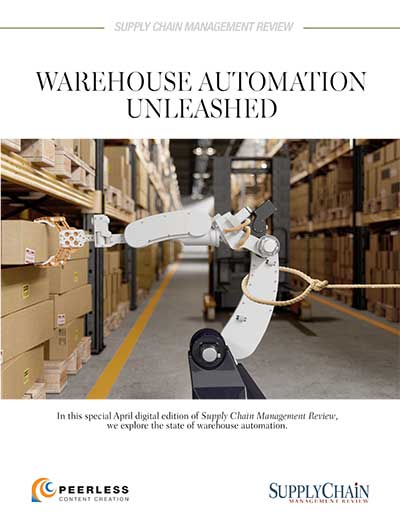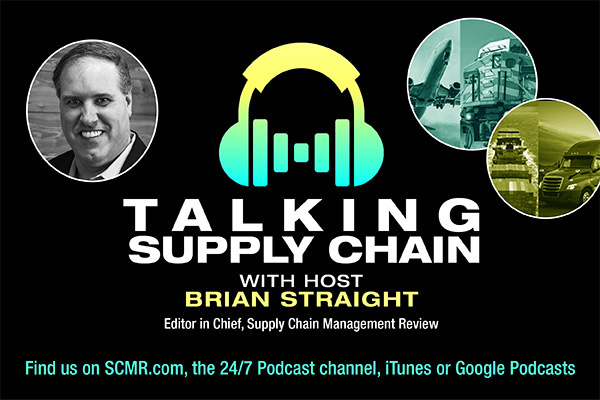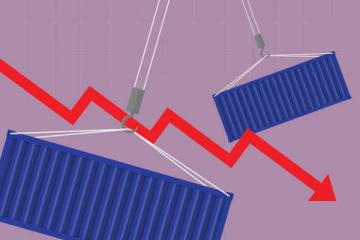There are persistent critical shortages of PPE supplies all across America and the shortages are becoming worse as the Covid19 virus spikes again in so many states.
Although toilet paper seems to be appearing again on grocery shelves, disinfectant wipes are still out of stock everywhere – after seven months of shortages (my pet peeve these days). It’s just unbelievable that simple products cannot be adequately produced, fill the supply chains, and be available to consumers, even with the huge spike in demand.
As a supply chain professional and consumer, I am confounded - how difficult can it be? Production of these products just isn’t that complex. Surely this is an indication of broken supply chain processes and inflexibility of producers.
Laptop Shortages
I was surprised to learn from a colleague working in the computer industry, that there is also a huge shortage of laptop computers. Keeping up with demand has been a real struggle for months. A lot of the additional demand is coming from people who are now working from home, and from school districts attempting to buy low-end laptops for students who would not otherwise have access to internet learning. Laptop shortages are slightly more understandable as computers are more complex, highly-engineered, and component parts are globally sourced. But even here, it is astonishing that after seven months, supply cannot keep up with demand.
Covid19 hit China first and caused disruptions in factories all across China in the first few months of 2020. The last big shipments of laptops were shipped towards the end of February as computer manufacturers used up their on-hand parts inventories are could not source any more parts from shut-down factories across China. Electronic parts factories ground to a halt as the Chinese government tried to control the spread of the virus. Factories started reopening on a limited scale in April. Meanwhile, increasing demand, especially in the U.S., created enormous backlogs that are still unfulfilled.
Wake-up Call – We Must Do Better
These shortages, whether for simple or complex products should be a wake-up call for supply chain professionals. We haven’t done our jobs effectively. We haven’t adequately planned for “black swan” events or big swings in demand whether negative or positive. We are failing or customers.
Now is the time to fix things. Now is the time to imagine and plan for disruptions, identify risks, and have executable alternatives should disaster strike again. It’s time to get serious and consider:
- Supplier risk – is the supplier sole-source and there are no others? Or could we develop a second source? Is the supplier financially viable and what are the warning signs when things are about to go bad? What other risks can be identified with suppliers (large and small) that make our supply chains vulnerable? Is there software available that can help us?
- Capacity risk – are you capable of scaling up should demand spike? Could you scale back, cut costs, and still survive when demand unexpectedly takes a nosedive? What is your Plan A and Plan B and Plan C for downsizing or upsizing? Could you use contract manufacturers to address positive or negative variability in demand?
- Disaster risk – what is the risk of a natural disaster such as a fire, flood, hurricane, or earthquake? Some of these things are predictable based on weather forecasts. But what about a pandemic? Simply because a disaster is unpredictable, doesn’t mean you should ignore planning for it. What is your Plan A or Plan B or Plan C for “black swan” events?
- Political risk – politicians can cause all kinds of havoc and risk, and elections typically signal changes in industrial policies. Be sure you identify and include the political risk of every country where you source or operate. Consider alternate global manufacturing locations, including the US, to ramp up or ramp down as needed.
Last, be sure you are updating your plans annually. Talk to other companies in your industry about their disaster planning. Look for best practices and good ideas from other companies and incorporate these into your own plan. We must do better to prepare for the next disaster because it will surely come.
SC
MR


Latest Supply Chain News
- Tech investments bring revenue increases, survey finds
- Survey reveals strategies for addressing supply chain, logistics labor shortages
- Israel, Ukraine aid package to increase pressure on aerospace and defense supply chains
- How CPG brands can deliver on supplier diversity promises
- How S&OP provides the answer to in-demand products
- More News
Latest Resources

 Explore
Explore
Business Management News
- Survey reveals strategies for addressing supply chain, logistics labor shortages
- How CPG brands can deliver on supplier diversity promises
- How S&OP provides the answer to in-demand products
- AI, virtual reality is bringing experiential learning into the modern age
- Tips for CIOs to overcome technology talent acquisition troubles
- There is still work to do to achieve supply chain stability
- More Business Management
Latest Business Management Resources

Subscribe

Supply Chain Management Review delivers the best industry content.

Editors’ Picks




